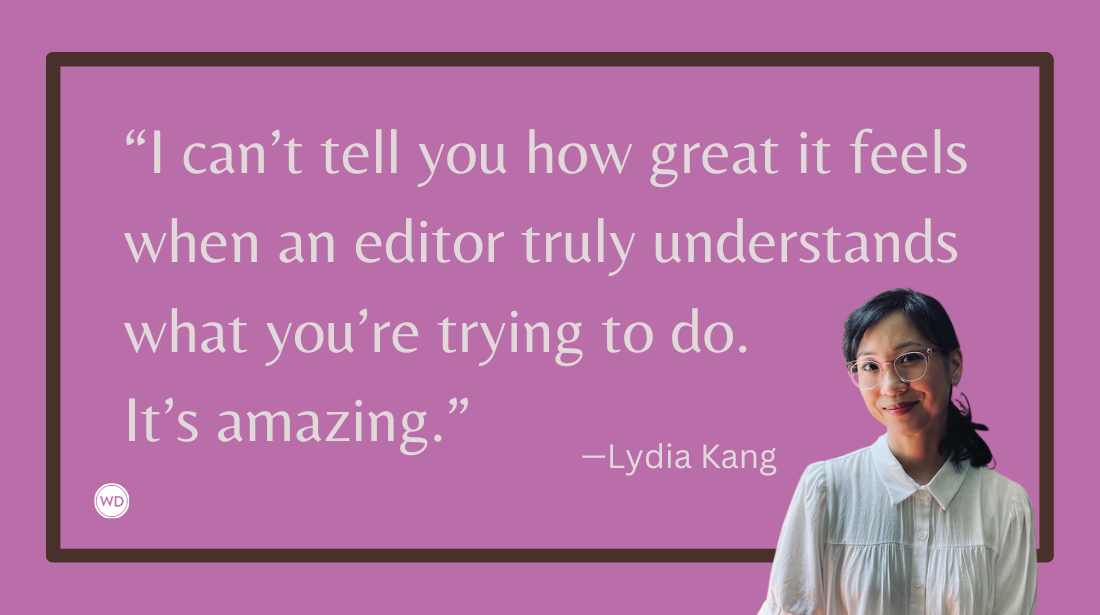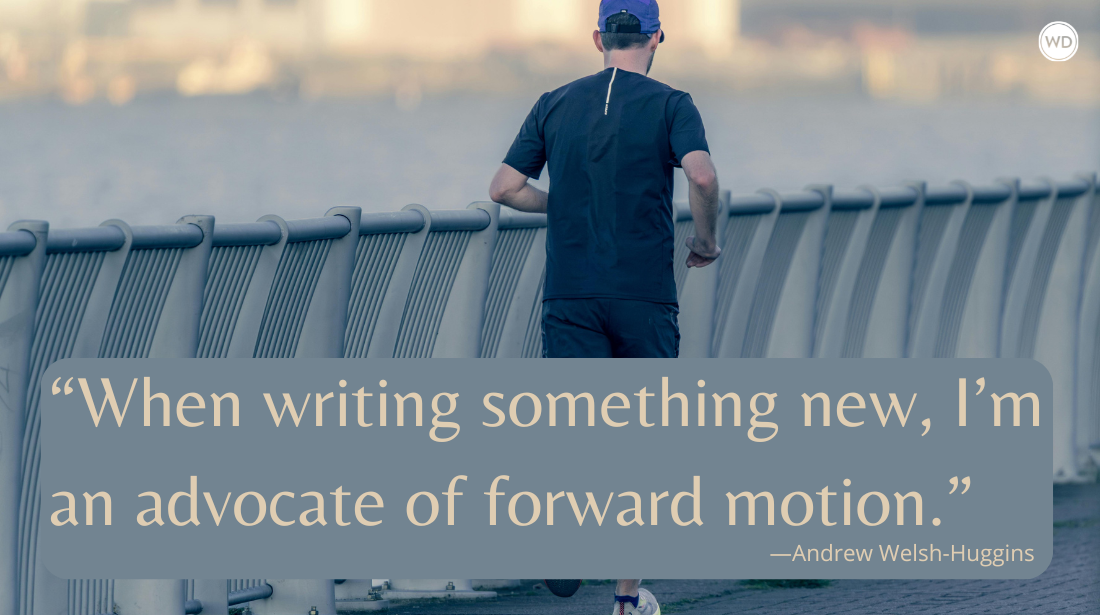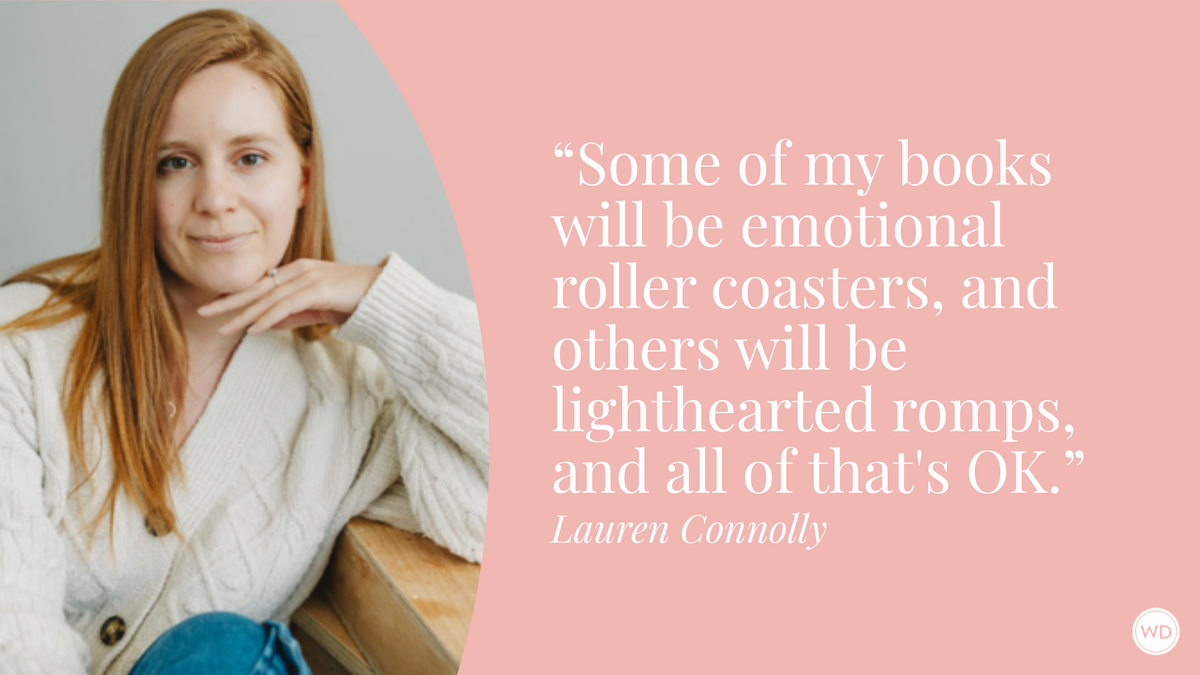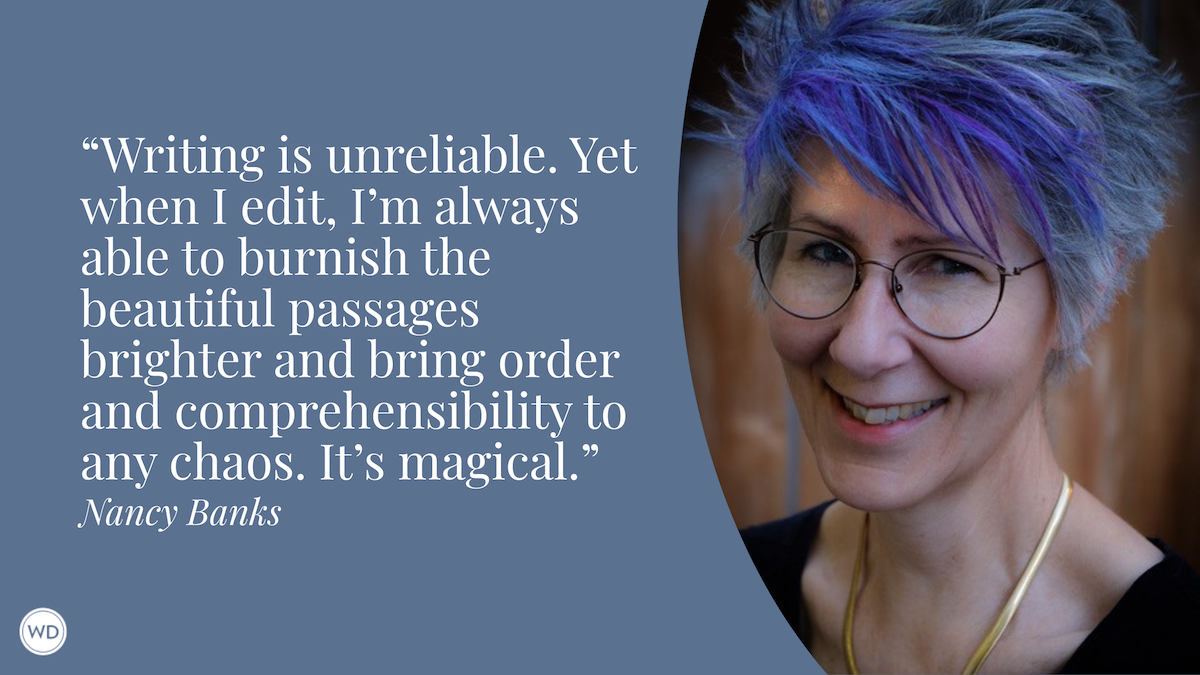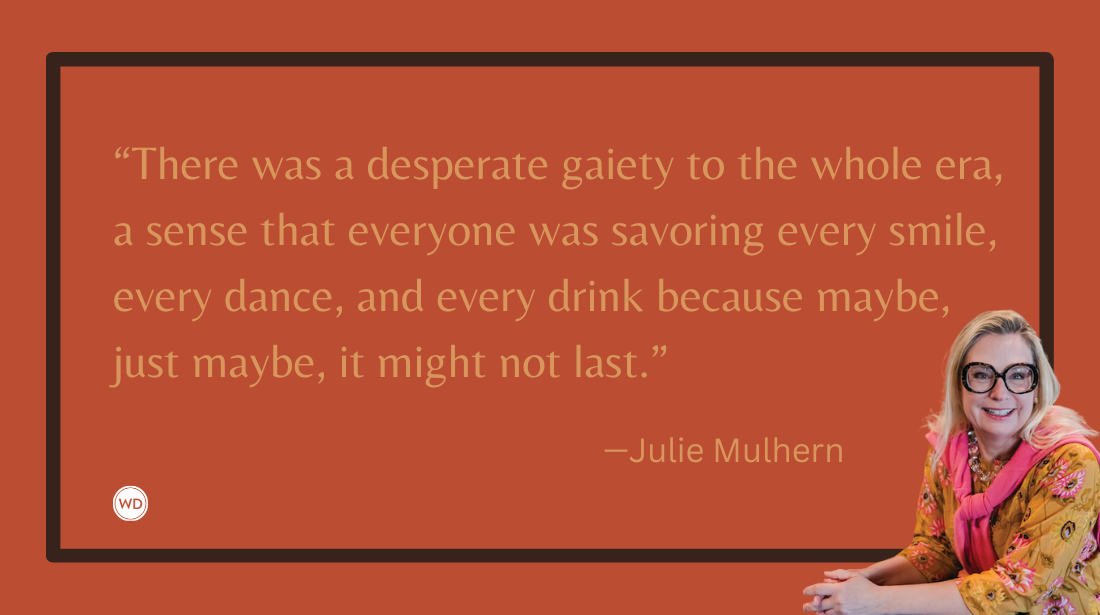Heart First, Brain Later: Why Your Character’s Emotional Arc Matters More Than Your Perfect Plot
Dr. Finnian Burnett makes a case for why a jagged emotional arc for your character matters more than a perfectly constructed plot.
If you’ve ever written “Aragorn” in your journal with little hearts around it. If you’ve imagined being besties with the entire cast of a Percy Jackson novel. If you’ve ever screamed, “She’s in love with you. Are you stupid?” Congratulations. You’ve been caught in the pull of a powerful emotional arc.
Readers fall in love with characters, not plot charts. And while a well-structured plot might be the bones of your story, it’s the emotional arc that encourages readers to tattoo your protagonist’s words on their forearm or draw fan art of the entire ensemble of your novel. Readers remember characters who feel alive, and that life comes from the emotional arc.
I love a good plot twist as much as anyone. Give me a moment of “That was the murderer???” or “Oh no, the evil goats were the true villains all along,” and I will happily drop my tea in shock.
But readers don’t stay for the twist. They stay for the people it happens to.
You can build a plot so intricate it deserves its own wall of Post-It notes, but if the reader doesn’t care about your protagonist, it won’t land. If your character doesn’t struggle, fail, or crack open some part of themselves by the end, readers simply won’t care.
But how do you make your characters feel flawed, real, and unforgettable? And how do you craft an emotional arc that matters?
Writing an Emotional Arc That Matters
A well-crafted emotional arc gives shape to your character’s transformation. It asks:
- Who were they at the start?
- What did they believe about the world?
- What challenged that belief?
- What did they choose to do in response?
The emotional arc generally has three phases:
The Things They Believe
Your character starts the story believing something untrue about themselves or the world. They don’t need other humans, they’re unworthy of love, they aren’t strong enough to save the world. This belief drives their early choices, for better or worse.
The Struggle
In Act Two, the plot tries to kill your character—emotionally or literally and your character struggles, fights, and fails. Internal conflict brews. The events of the plot poke at long-held beliefs. Shift happens.
The Shift
At some point, your character does something that reflects a change in belief. They change not because the plot needed it, but because they did. They’ve been transformed by the story.
In other words, plot is what happens. Emotion is why it matters.
An Example of an Emotional Arc
A high-powered lawyer with an espresso addiction and the emotional availability of a granite countertop believes she needs no one. That’s the initial lie.
The events of the plot? Her grandma has died and left her a homemade marmalade and candle shop called, “Orange You Glad It’s Jam.”
She returns home, intending to sell the shop and get out fast because she believes she needs no one—until she meets the woodchopper widow next door. Strong forearms. Kind eyes. A tragic backstory. Probably also has a dog.
Enter act 2 where the plot does everything it can to attack the original belief. The lawyer tries to juggle legal briefs by day and candle-making by night. She does not need help! She meets with potential buyers. Then things break down and the widow next door comes over to help fix them. The community begins to endear themselves to your character. The widow next door wears very soft flannel shirts.
Eventually, the protagonist reaches the shift—maybe when she lets herself grieve for her grandmother, or when she misses a big city client call because she’s hosting the town’s jam festival. Whatever the climatic moment, it’s clear the protagonist is a new person. And she and the widow next door adopt a second dog.
Why the Emotional Arc Matters
Internal conflict is the tension between who your character is and who they could become. It’s not about what’s happening to them—it’s about what’s happening inside them.
Maybe your protagonist is torn between loyalty and truth. Maybe he thinks vulnerability equals weakness. Maybe they’re trying to be the hero but secretly believe they’re the villain. Whatever it is, internal conflict keeps readers turning pages because they see the stakes even when nothing explodes. It’s that ache of watching someone continue to make mistakes which readers recognize because real humans have also made so many.
It’s imperative. You can have aliens and explosions in your climax, but if your character hasn’t wrestled with what they believe, the moment falls flat. The high-powered lawyer finally kisses the hot, flannel-wearing widow, but if there hasn’t been an emotional journey to it, who cares? A good emotional arc makes quiet stories resonate, but it’s also there to give a human element to your epic action-adventure stories.
Pairing the Emotional Arc With Plot Beats
Every major plot beat should do double duty—not just moving the story forward but deepening or challenging the emotional arc.
The Inciting Incident: Something changes in the character’s world. It’s also the first time your main character starts to question the worldview that’s gotten them to where they are now.
First Plot Point: They commit to a new path, but they’re not always ready. Things begin to change. They’re learning how to navigate this new world, making new allies and enemies, and all of this causes emotional reactions.
Midpoint: The external plot twist should intersect with a shift in emotional understanding. Maybe they see a reflection of who they used to be. Maybe they feel something they haven’t allowed themselves to feel in years. Maybe they start to believe they’ll be able to do this thing, whatever this thing is.
Dark Night of the Soul: A loss. A failure. Everything falls apart and it’s probably your character’s fault. This is where they realize everything they thought they wanted has ruined everything they really want.
Climax: Whether they are beating the villain, closing the case, or saving the town’s jam festival, the emotional choice matters most. Your character is able to save the day because they’re changed.
Ultimately, emotional arcs give plot beats a human factor. They make the stakes feel personal. And when you sync them up, readers will not only go along on your character’s journey, but they’ll also feel it.
And it isn’t always a full, perfect arc. Real emotional growth is jagged. It happens in fits and starts. It backslides.
Write From the Heart First, Brain Later
It’s okay to let your character resist the truth for longer than feels comfortable. It’s realistic for them to have moments where they start to change, then backslide. Or maybe they make the wrong decisions, even after they’ve supposedly learned better.
If you let your characters reach their moment of self-growth through awkward attempts at doing better, the moment they finally reach their ah-ha moment will feel earned.
At the end of the day, plot gives your story structure. But emotional arcs give it soul.
Readers will remember how your book made them feel. The ache of longing. The sigh of relief. The moment of transformation that gave them hope.
So yes, build your plot. Tighten your beats. But don’t forget to ask:
- What does this mean to my character?
- How are they changing—and why now?
- What truth are they terrified to admit?
Write from the heart first. The brain can catch up in revisions. Because the stories that stay with us aren’t the most logical.
They’re the most felt.




